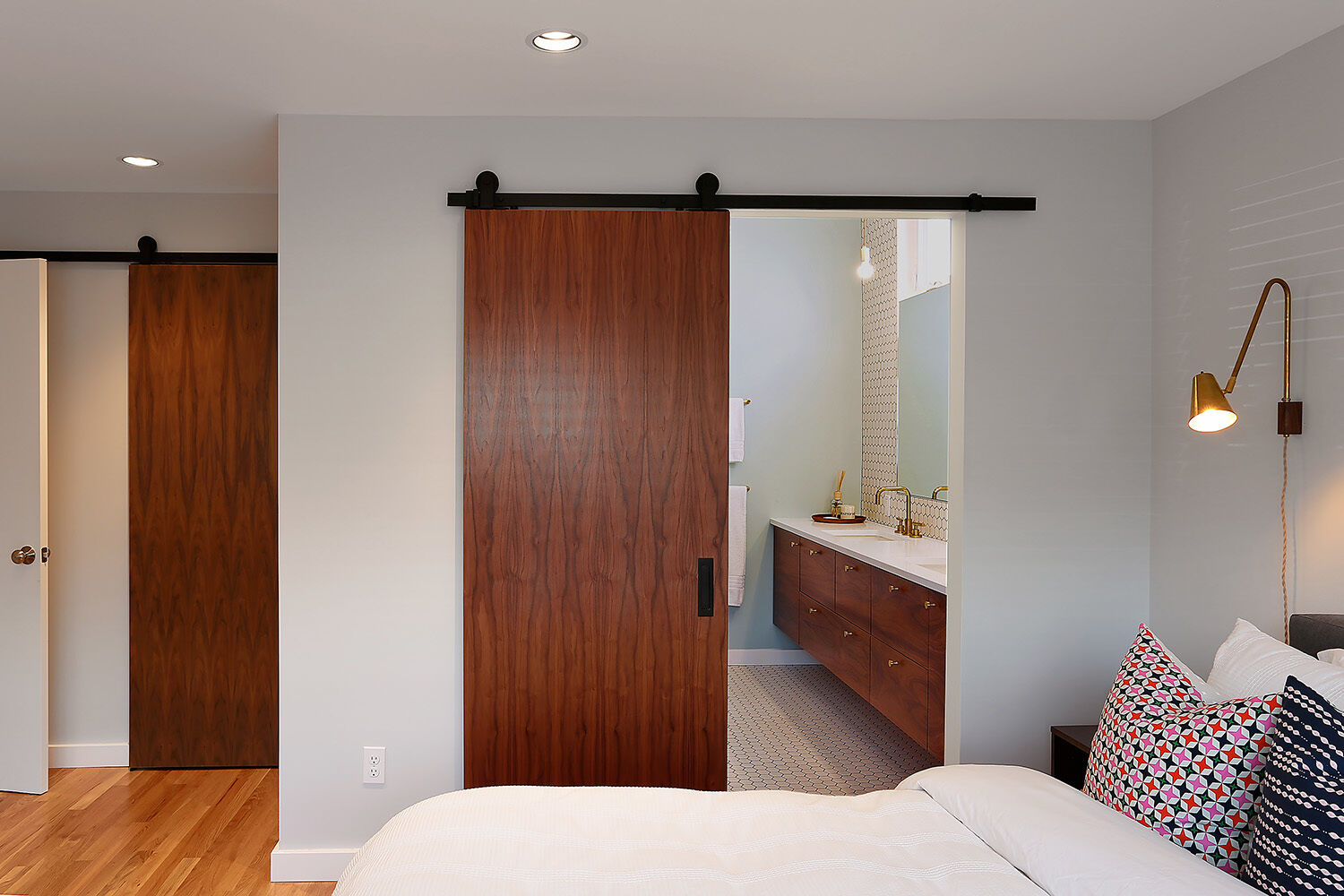ADU and DADU Construction: Meeting the Modern Needs of Homeowners, Graduates, and Rental Hosts

What are the benefits of ADU and DADU construction and why is the craze taking off in Seattle?
For many homeowners in Seattle and our surrounding areas, space is at a premium. Rising real estate prices, growing families, and evolving lifestyle needs are pushing people to think creatively about how to make the most of their property. Accessory Dwelling Units (ADUs) and Detached Accessory Dwelling Units (DADUs) have quickly become one of the most popular solutions. Whether you’re looking for extra living space for family, a launch pad for a recent college graduate, or a potential income stream through platforms like Airbnb and Vrbo, ADU and DADU construction provides a flexible, smart investment.
This article explores how ADUs and DADUs meet the diverse needs of today’s homeowners, what to consider when planning a project, and why they’re a future-proof choice.
What Are ADUs and DADUs?
An Accessory Dwelling Unit (ADU) is a secondary living space built on the same lot as a primary home. It may be attached—like a basement apartment or converted garage—or detached, like a backyard cottage.
A Detached Accessory Dwelling Unit (DADU), sometimes called a “backyard cottage” or “laneway house,” is a stand-alone structure separate from the main home. Both types typically include a kitchen, bathroom, living area, and sleeping space, making them fully functional residences.
Seattle and other cities across the northwest and the entire U.S. have relaxed zoning laws to encourage ADU and DADU development, recognizing their potential to ease housing shortages and provide affordable living options.
Why Homeowners Are Building ADUs and DADUs?
More Living Space Without Moving
The number one reason homeowners build ADUs is simple: they need more room. Moving to a larger house often means higher property taxes, bigger mortgages, and leaving behind a familiar neighborhood. With an ADU, families can expand where they are.
Multi-generational living: Aging parents can live nearby while maintaining independence.
Growing families: Teenagers or adult children can have their own space without moving out completely.
Flexible lifestyle needs: A backyard cottage can serve as a home office, art studio, or guesthouse.
For many, an ADU solves the “space crunch” problem without uprooting their lives.Supporting College Graduates and Young Adults
Today’s college graduates face steep housing costs and limited starter homes, making it difficult to establish independence right away. ADUs and DADUs offer a practical solution:
Affordable first home: Living in a backyard cottage is often cheaper than renting a city apartment.
Proximity with privacy: Parents can provide support while giving their adult children autonomy.
Stepping stone to independence: With their own entrance, utilities, and kitchen, ADUs help grads transition gradually into independent living.
For families, an ADU can provide peace of mind knowing their young adult has safe, affordable housing nearby.Generating Income Through Short-Term Rentals
Platforms like Airbnb and Vrbo have transformed how homeowners think about property value. An ADU or DADU can provide a steady revenue stream, often offsetting construction costs within a few years.
High demand: Travelers often prefer the privacy and character of a small home over traditional hotels.
Flexibility: Owners can switch between short-term rentals, long-term tenants, or personal use depending on circumstances.
Market advantage: In competitive real estate markets, properties with ADUs attract buyers seeking rental income potential.
In many cities, homeowners are discovering that an ADU is not just extra space—it’s a business opportunity.
Key Considerations in ADU and DADU Construction
Local Regulations and Permits
Before breaking ground, it’s essential to understand local zoning and permitting rules. Many cities, including Seattle limit the size, height, or placement of ADUs. Some require parking, while others waive the requirement to encourage development. Working with a contractor familiar with local codes can save time and frustration.
Budgeting and Financing
ADU construction costs vary widely depending on size, finishes, and site conditions. While a basement conversion may cost less than a new-build DADU, both require upfront investment. Fortunately, financing options are expanding:
Home equity loans
Construction loans
Special ADU financing programs offered by some banks and credit unions
Many homeowners recoup costs through rental income or increased property value.Design and Functionality
An ADU should balance comfort with efficiency. Small spaces demand smart design:
Open floor plans create flexibility.
Built-in storage maximizes usability.
Natural light makes compact spaces feel larger.
If intended for short-term rentals, consider durability and style that appeals to guests. For family use, prioritize accessibility and comfort.Utilities and Infrastructure
Connecting water, sewer, and electricity can add complexity. Detached units may require trenching and new utility lines. Energy efficiency should also be factored in—investing in insulation, energy-efficient appliances, and sustainable design can lower long-term costs.
Long-Term Benefits of Building an ADU or DADU
Increased Property Value
Homes with ADUs generally appraise higher due to their versatility and income potential. Even if you never rent it out, the additional living space adds tangible value.
Housing Flexibility
Life circumstances change. An ADU that starts as a rental may later house a parent, or a young adult may move out, freeing the space for guests. Unlike major remodels that serve one purpose, ADUs adapt to changing needs.
Community Impact
On a larger scale, ADUs help address housing shortages, providing more affordable rental options without altering neighborhood character. Cities benefit from increased density without sprawling development.
Challenges to Be Aware Of
While ADUs offer many benefits, homeowners should be realistic about potential challenges:
Upfront cost: Construction requires significant investment, even with financing options.
Management responsibilities: If used as a rental, owners must handle tenant or guest management.
Neighborhood concerns: Some communities push back against ADUs due to parking, privacy, or noise concerns.
Working with experienced builders and communicating openly with neighbors can help mitigate these issues.
Seattle, and all communities in the pacific northwest, have varying permitting rules and requirements depending on the location. We can help with answers to your questions on the viability of a project on your property and offer Free Consultations and Site Visits to anyone interested in discovering whether an ADU or DADU is right for them. Is this you? Click on the link below to schedule a visit with our team.
Why ADUs and DADUs Are the Future
As housing trends evolve, ADUs and DADUs are no longer niche projects—they’re becoming mainstream. Cities want them, homeowners need them, and renters value them. For families, they provide security and connection. For homeowners, they offer flexibility and financial opportunity. And for communities, they add density without sacrificing character.
Whether your goal is to give a college graduate a safe place to land, create extra space for family, or tap into the growing demand for short-term rentals, an ADU or DADU may be the smartest investment you can make in your property.
